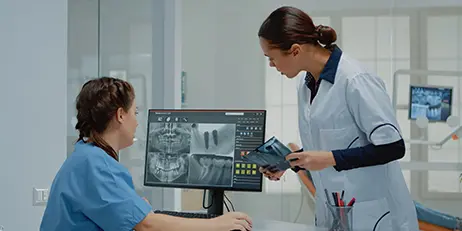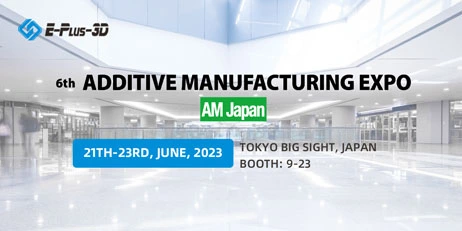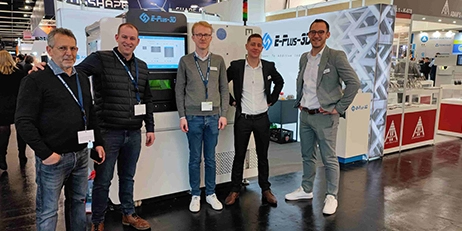As the application of metal 3D printing becomes more and more popular, many companies have adopted the metal 3D printing process to customize the production samples in the early stage of product development, but due to the lack of understanding of the metal 3D printing process, there are often such The errors and omissions caused the metal printed samples to fail to meet the expected ideal requirements. For this reason, we have specially summarized the following matters for everyone to pay attention to when printing.
Ⅰ. Precautions for metal 3D printing:
1. For parts with high requirements for assembly (such as bearing hole/diameter/plane assembly position), a machining allowance should be reserved in advance, and then cooperate through secondary finishing;
2. The advantage of metal 3D printing lies in the complex structure;
3. Post-processing of metal 3D printing materials: Like traditional materials, it can be processed for subsequent secondary processing;
4. The printing tolerance of the product within 50mm is ±0.1mm, and the printing tolerance of the larger product can be discussed on the paper;
5. If a large product needs to be disassembled for printing, it is necessary to consider the position of the dismantled part, avoid the hole position, consider the amount of deformation and reserve the alignment interface during welding.
Ⅱ. Conventional metal 3D printing materials and their advantages:
1. The material advantages of titanium alloy (TC4): high strength and low density, good mechanical properties, good toughness and corrosion resistance, light weight and good biocompatibility.
2. The material advantages of aluminum alloy (AlSi10Mg): high plasticity, high corrosion resistance, good electrical conductivity and thermal conductivity, easy to withstand various pressure processing, stretching and bending, and can be used for gas welding, argon arc welding and spot welding , mature technology, stable quality, uniform material structure and low density.
3. Material advantages of stainless steel (316L): high strength, corrosion resistance, good heat resistance, and excellent polishing performance.
4. Material advantages of die steel (1.2709 and CX): high toughness and good heat resistance.
Ⅲ. The general application of metal 3D printing products:
1. Stainless steel and aluminum alloy are most commonly used in product industry.
2. Mold steel is most commonly used for conformal waterways of injection molds.
3. Titanium alloys are commonly used in aerospace and medical treatment.























